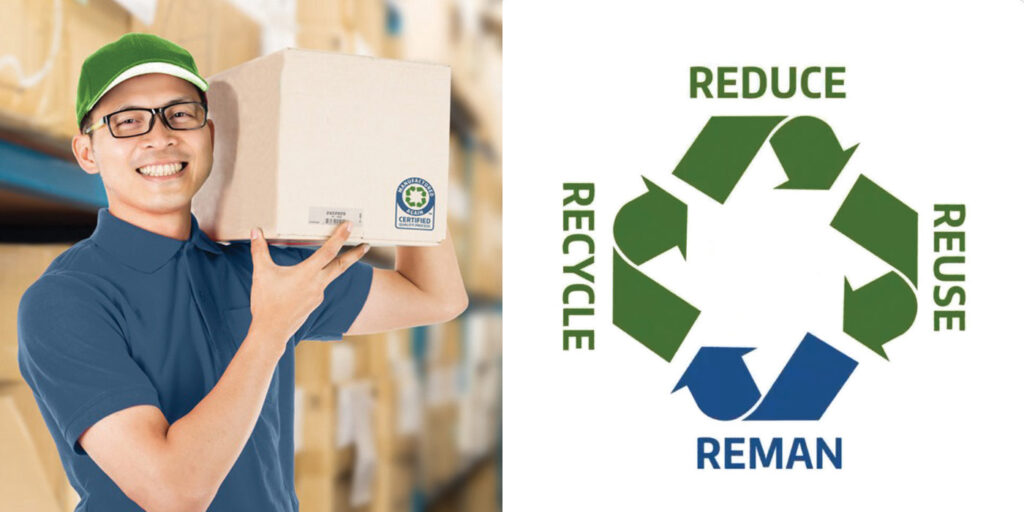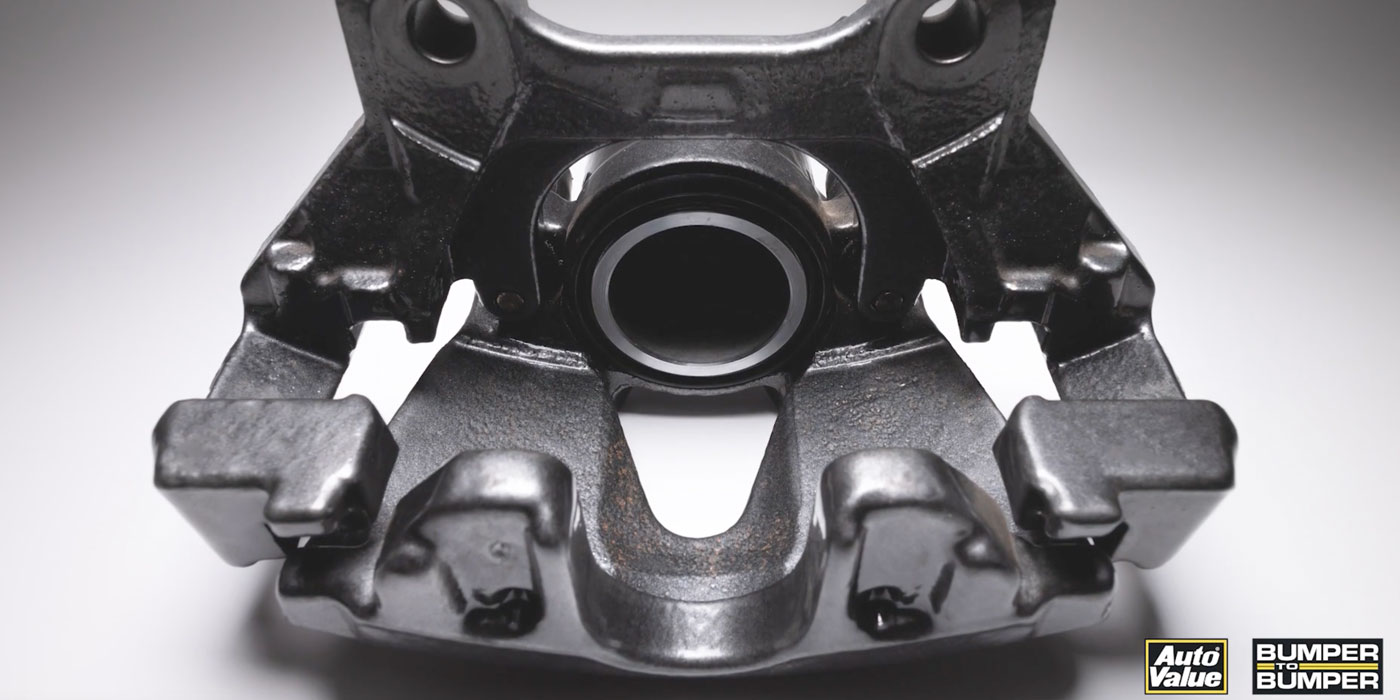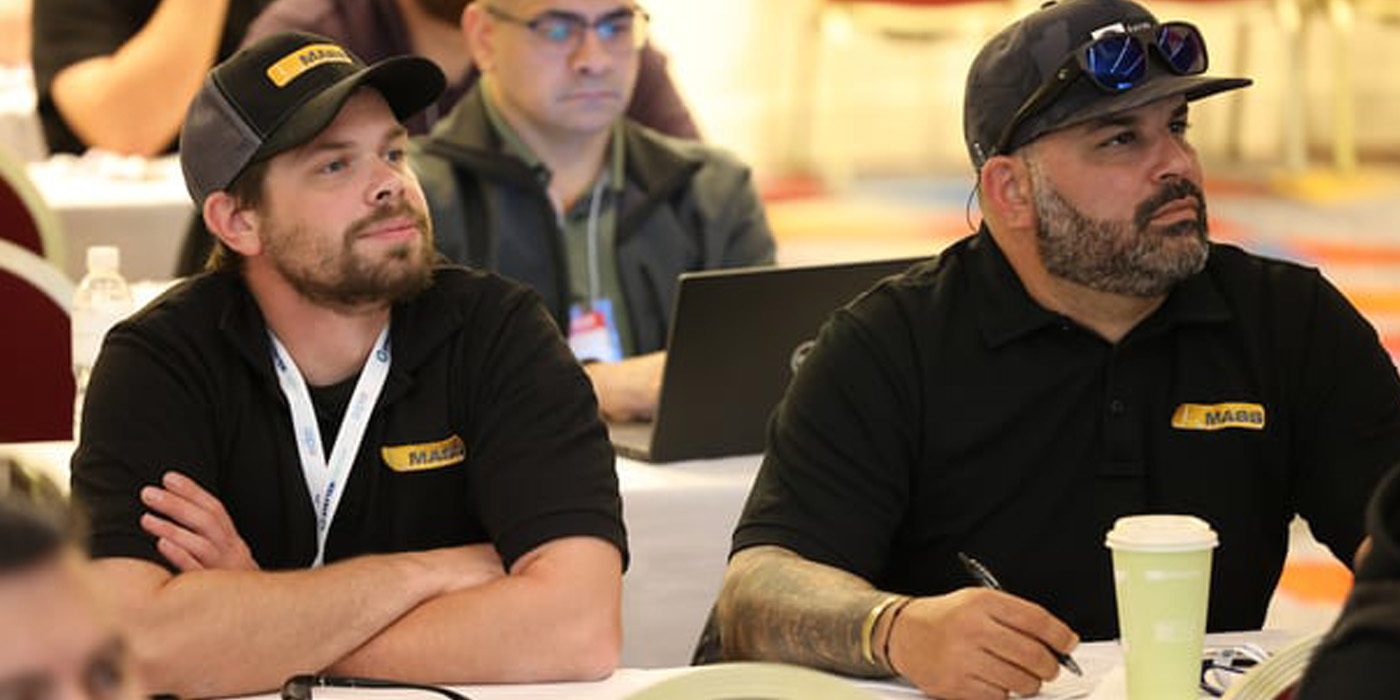When available, remanufactured parts can be a great alternative for your customers, giving them the option to purchase a like-new or better product at a lower price point than the new part. With gasoline prices at multiyear highs and inflation squeezing consumers’ budgets, it’s the perfect time to talk to your customers about reman parts.
Since 2010, MERA – The Association for Sustainable Manufacturing has been making the case for remanufactured parts, on behalf of the broader remanufacturing community across multiple industry sectors. One of the key challenges has been defining the concept. In aviation and aerospace, for example, remanufacturing is called “maintenance, repair and overhaul” (MRO). For medical devices, consumers goods and electronics, it’s known as “refurbishing.”
With that in mind, MERA and five other trade associations from around the world have created a common definition of remanufacturing:
Remanufacturing is a standardized industrial process by which previously sold, worn or non-functional products are returned to same-as-new, or better, condition and performance. The process is in line with specific technical specifications, including engineering, quality and testing standards. The process yields fully warranted products.
When the definition was unveiled in September 2016, the trade associations hailed it as “a tremendous step forward in the industry’s quest to raise awareness and acceptance of remanufactured products.” To address misconceptions and points of confusion, the trade associations are highly intentional in the words that comprise their definition. Notably, the definition doesn’t include the word “used.”
“There’s a reason for that,” explains John Chalifoux, president of MERA since its inception. “In the area of trade – particularly free-trade agreements – remanufactured goods have their own category. They’re not considered new; they’re not considered used.”
Plus, the word “used” has a stigma attached to it. For some people, it’s synonymous with waste. And that’s not at all what remanufacturing is about.
MERA is a division of the Motor & Equipment Manufacturers Association (MEMA). When
MERA formed in 2010, it was the Motor & Equipment Remanufacturers Association. However, that changed in 2018, when MERA unveiled a new brand descriptor: MERA – the Association for Sustainable Manufacturing.
“Our purpose really is to elevate and mainstream what our members do,” Chalifoux tells Counterman. “ … When I say ‘elevate,’ we’re trying to help the perception [of remanufacturing] catch up with the reality. And the ‘mainstream’ aspect is to give remanufacturing a better seat at the table for any discussion on the circular economy or even recycling.”
That was the underlying thought process driving the name change in 2018. MERA’s staff drew some inspiration from Merriam-Webster’s definition of “sustainable,” which includes this description: “of, relating to or being a method of harvesting or using a resource so that the resource is not depleted or permanently damaged.”
“That’s what our members do with cores,” Chalifoux adds. “They harvest the cores.”
MERA offers this simple definition of sustainable manufacturing: It’s “manufacturing with reuse.”
“It is a manufacturing process that restores original products in a factory setting, yielding goods that are like new, but better than the originals,” the MERA website explains. “The finished goods have like-new quality, they offer better value and they are better for the environment. As an eco-friendly process, sustainable manufacturing conserves materials and embodied energy, and it reduces landfill waste.”
At AAPEX 2018 in Las Vegas, Chalifoux unveiled a new symbol to promote remanufacturing. It was the familiar recycling icon – consisting of three green arrows representing the reduce/reuse/recycle concept – along with a fourth arrow that represents remanufacturing. Now a registered trademark of MERA, the four-arrow symbol illustrates the association’s position that remanufacturing should occur before traditional recycling. In other words: Reduce, reuse, remanufacture, recycle.
“All of this is helping us to better communicate both the quality and green associated with remanufacturing,” Chalifoux said during a press conference at AAPEX 2021. “Remanufacturing yields quality parts that are like new and delivers environmental benefits that are superior when compared to recycling. In the circular economy, the environment is better served when we reuse core materials rather than raw materials. The embodied energy, material and labor in cores are too valuable to ignore.”
The core for a remanufactured part is completely disassembled down to individual components. All renewable components are cleaned and analyzed for failure modes, and then reassembled using a combination of new and refurbished components, resulting in a reliable finished product virtually identical to a new part.
The great news for your customers is that some remanufacturers also address known OEM design issues, using upgraded components or processes to improve upon the OEM part. For example, CARDONE has re-engineered the power brake boosters for some Ford F-250 and F-350 models. The original design was prone to water entry, which caused a hard pedal during braking. CARDONE added a silicone seal around the shell neck – including the entire crimp area – to ensure a watertight seal and longer-lasting performance.
It’s worth noting that Michael Cardone Jr., co-founder of CARDONE Industries, is the founding chairman of MERA. “MERA would not exist if not for Michael Cardone Jr.,” Chalifoux says. This article merely provides a snapshot of remanufacturing and the benefits of selling reman parts. For more information, visit www.mera.org and www.manufacturedagain.com.













